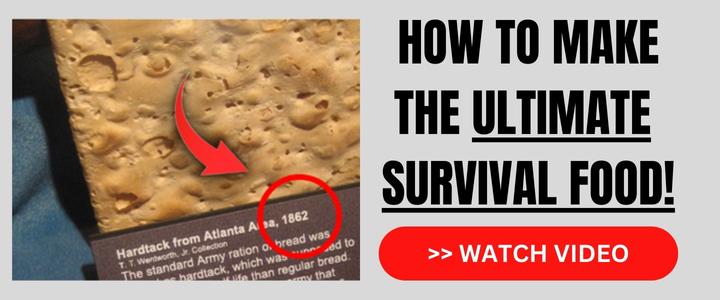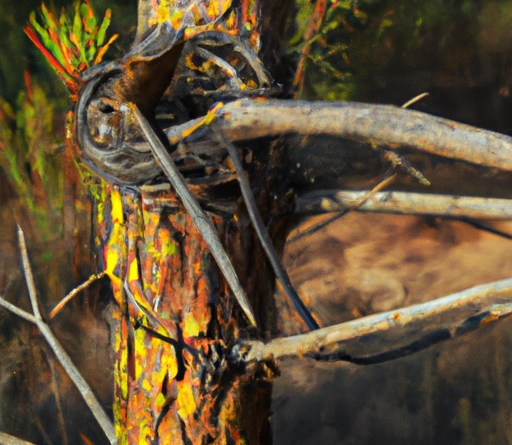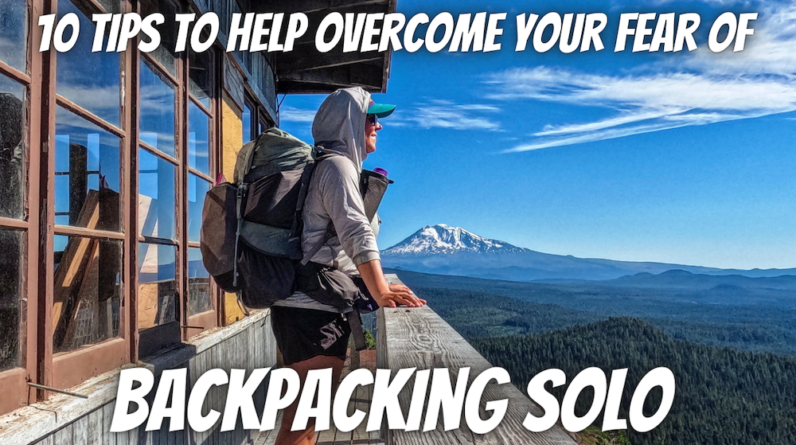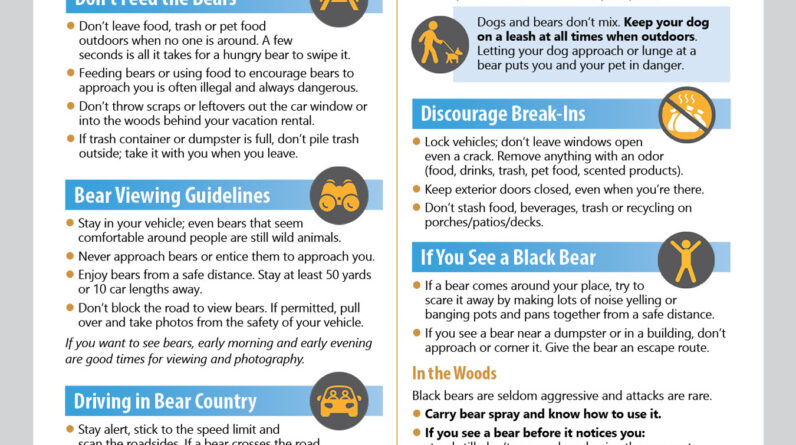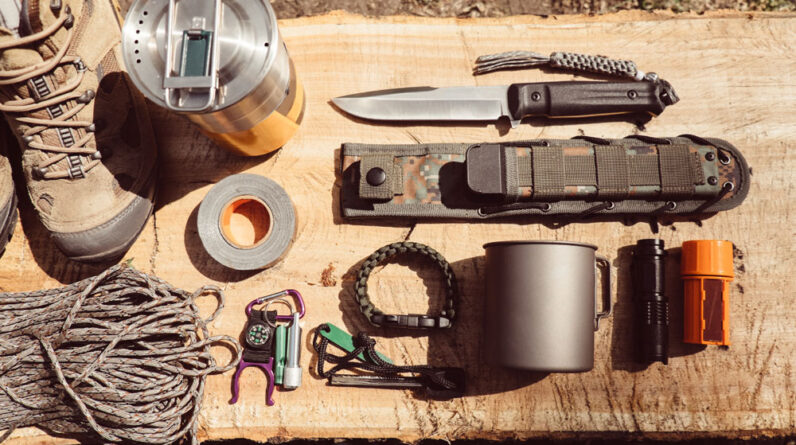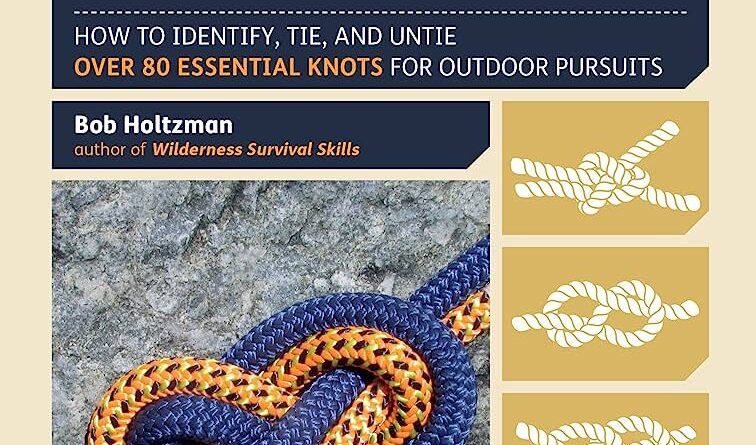
Introduction
Essential Knots for Outdoor Survival Situations
Welcome to “Mastering Essential Knots for Outdoor Survival”! In this guide, we will delve into the world of knot tying and explore the critical knots that every outdoor enthusiast needs to know. Whether you enjoy hiking, camping, fishing, or any other outdoor activity, mastering these knots can be the difference between a successful adventure and a potentially dangerous situation.
In this article, we will cover a variety of essential knots that serve different purposes in outdoor survival situations. We will focus on knots that are versatile, reliable, and easy to learn. From securing shelter to building traps, these knots will empower you to confidently navigate the challenges of the great outdoors.
We will break down each knot step-by-step, providing detailed instructions and helpful tips along the way. Additionally, we will discuss the specific scenarios in which each knot excels, giving you a comprehensive understanding of their practical applications.
By the end of this article, you will be equipped with the knowledge and skills necessary to tie essential knots with ease and confidence. So, grab a length of rope and get ready to take your outdoor survival skills to the next level!
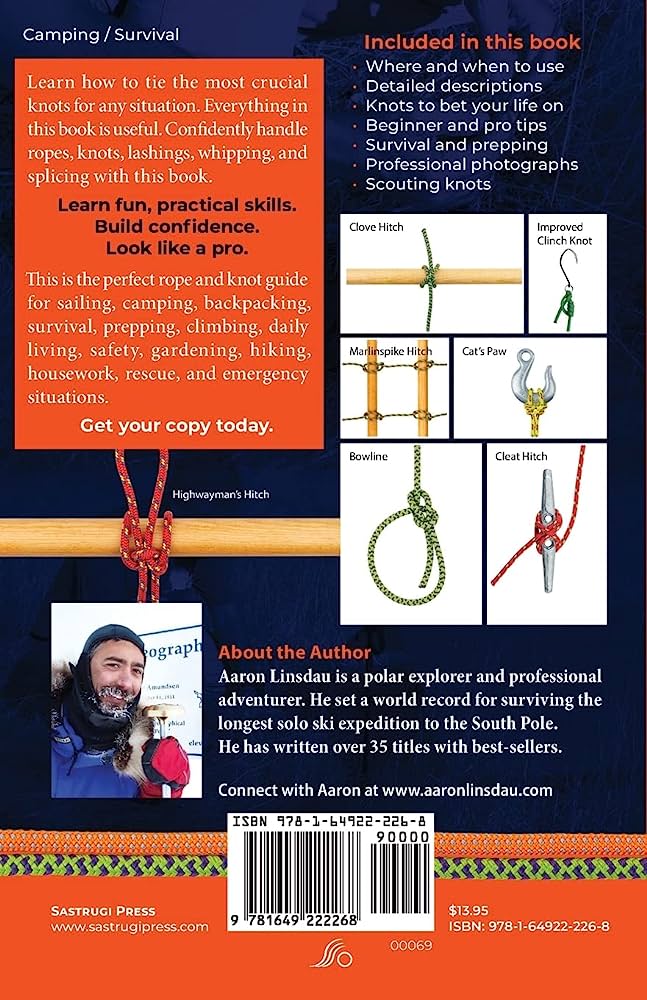
Why Knots are Essential in Outdoor Survival
In the midst of nature’s wilderness, you never know when an emergency situation may arise. Whether you find yourself lost on a hiking trail or grappling with a broken gear in the backcountry, having the knowledge of essential knots can be the difference between a successful survival outcome and a dire situation. Mastering these knots will empower you to secure shelter, create tools, catch food, and increase your chances of rescue.
Ensuring Safety and Security
The first and foremost reason to master essential knots is to ensure your safety and security in outdoor survival scenarios. Knots such as the bowline or the prusik can help you secure a shelter, suspend a food bag out of reach of wildlife, or even tie yourself into a lifeline while navigating treacherous terrain.
Improvising Tools and Increasing Resourcefulness
When in a survival situation, you often have to make do with what you have. By mastering essential knots, you can improvise tools and increase your resourcefulness. For example, the clove hitch knot can transform a branch into a fishing spear or help you secure a makeshift splint for a broken bone.
Signaling for Help and Attracting Attention
In desperate times, the ability to attract attention and signal for help is paramount. Knots like the square knot, when tied near brightly colored fabric or reflective material, can aid in signaling for assistance. Mastering these knots enables you to create visible markers and attract rescuers to your location.
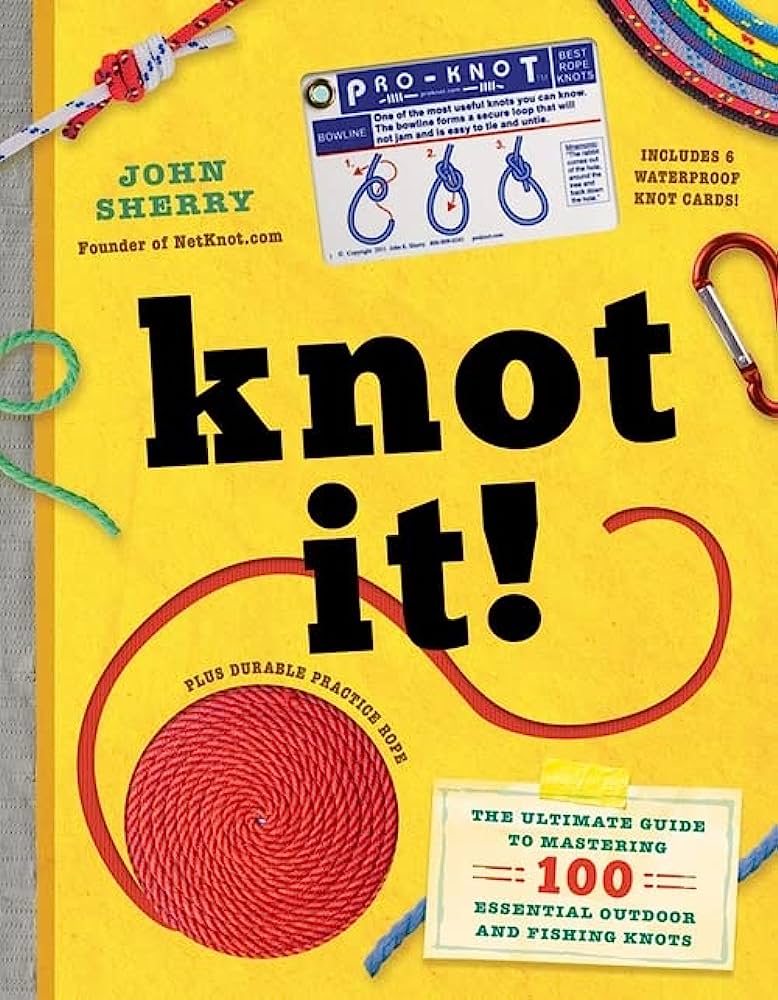
The Square Knot
Whether you’re an avid outdoors enthusiast or a casual camper, knowing how to tie essential knots is crucial for your survival in the wild. One such knot that you should master is the square knot. Its versatility and strength make it an essential tool in various outdoor situations.
How to tie a square knot
To tie a square knot, start by crossing the right end of the rope over the left end. Then, bring the right end under the left end and pull both ends to tighten the knot. To complete the knot, repeat the same steps in reverse, crossing the left end over the right end and pulling both ends tight. Practice this knot until you can tie it effortlessly.
Common uses of a square knot
The square knot is commonly used to secure bandages, create makeshift shelters, tie down equipment, and join two ropes together. From constructing an emergency shelter to binding materials together, the square knot’s adaptability makes it an indispensable knot for outdoor survival.
Tips for using a square knot in outdoor survival
When tying a square knot, remember to always keep the ends of the rope evenly tensioned to ensure a secure knot. Additionally, when using a square knot to join two ropes, it’s recommended to add an extra safety knot, such as an overhand knot, to prevent the square knot from slipping. Lastly, practice tying the square knot regularly to build muscle memory and increase your proficiency in using it during challenging situations.
By mastering the square knot, you’ll have a valuable knot in your repertoire that can help you navigate various outdoor survival scenarios. Remember, practice makes perfect when it comes to knot tying, so put in the effort now to ensure your safety and preparedness in the great outdoors.
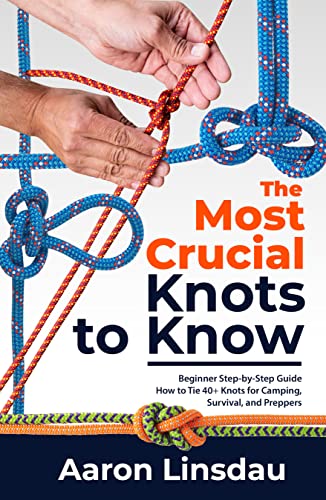
Mastering Essential Knots for Outdoor Survival
Welcome back, adventurer! In today’s lesson, we will delve into the practical world of essential knots for outdoor survival. Whether you find yourself camping, hiking, or in a survival situation, mastering these knots could mean the difference between life and death. So, pull up a chair and let’s get started!
2. The Clove Hitch
How to tie a clove hitch
The first knot we will conquer is the versatile “clove hitch.” This knot is made by passing the rope over an object, crossing it over itself, and then tucking it under the initial rope. Finally, you pull it tight, creating a secure and easily adjustable knot. Take the time to practice this knot until you can tie it swiftly and confidently.
Practical applications of a clove hitch in outdoor survival
Now that you have mastered the clove hitch, you may be wondering how it can be used in real-life scenarios. This knot is especially useful for tying down tarps or securing tents, forming a sturdy anchor point for various structures. In emergency situations, you can even use it for first aid purposes, such as creating a splint or tourniquet. The flexibility and simplicity of the clove hitch make it an essential knot for any outdoor enthusiast.
Remember, learning these essential knots takes time and practice. So, get out there and start honing your knot-tying skills. With a little dedication, you’ll soon become a master of survival knots, prepared for any adventure that comes your way. Happy knotting!

3. The Bowline Knot
The bowline knot is an essential knot for any outdoor enthusiast to master in order to ensure survival in various challenging situations. This versatile knot is incredibly strong, reliable, and easy to tie, making it a valuable addition to your skillset.
Step-by-step guide to tying a bowline knot
-
Start by forming a small loop with the working end of the rope in your left hand. This loop will serve as the rabbit hole.
-
Pass the working end of the rope up through the rabbit hole.
-
Wrap the working end around the standing end of the rope.
-
Pass the working end back down through the rabbit hole.
-
Tighten the knot by pulling the standing end of the rope while holding the working end securely.
How a bowline knot can be used in various survival scenarios
The bowline knot has a multitude of survival applications. It can be used to secure a tarp or shelter, create a makeshift harness for climbing or hauling heavy loads, or even rescue someone by creating a loop to pull them to safety. Additionally, this knot is easily adjustable and can be untied even after being subjected to extreme tension.
Mastering the bowline knot is crucial for your outdoor survival toolkit. Practice tying this knot until it becomes second nature, and you’ll have a versatile tool at your disposal whenever you find yourself in a challenging situation.
4. The Sheepshank
Techniques and steps for tying a sheepshank knot
The sheepshank knot is an essential knot to master for outdoor survival situations. It allows you to shorten a rope without cutting it, which can be incredibly useful in a variety of scenarios. To tie a sheepshank knot, follow these simple steps:
- Start by identifying the two sections of the rope that you want to keep intact. These will be the stable sections of the knot.
- Create a loop in the middle of the rope, ensuring that the two stable sections are outside the loop.
- Take each end of the loop and pass them through the loop itself, creating two additional loops.
- Pull on the ends of the rope to tighten the knot, ensuring that the two stable sections are secure and the knot is in the desired position.
The importance of a sheepshank knot in outdoor survival
The sheepshank knot is particularly valuable in outdoor survival situations because it allows you to quickly and efficiently adjust the length of a rope without compromising its integrity. This can be especially crucial when constructing temporary shelters, creating trap systems, or securing equipment. By mastering the sheepshank knot, you ensure that you always have the flexibility to adapt to different scenarios and make the most of the resources available to you in the wilderness. So, take the time to practice this knot and add it to your arsenal of essential outdoor survival skills.
5. The Taut-line Hitch
Instructions for tying a taut-line hitch knot
The taut-line hitch is an essential knot to master for outdoor survival situations. It is easy to learn and incredibly versatile, making it a valuable skill for all outdoor enthusiasts. To tie a taut-line hitch, start by wrapping the working end of the rope around a fixed object, such as a tree or post. Bring the working end over the standing part of the rope, then thread it back through the initial loop. Finally, bring the working end under the standing part and tighten the knot by pulling on both ends. Adjust the tension as needed by sliding the knot up or down the standing part of the rope.
Benefits and uses of a taut-line hitch in outdoor survival
The taut-line hitch knot has a wide range of benefits and uses in outdoor survival situations. Firstly, it allows you to easily create a secure and adjustable loop on a fixed object, which is perfect for setting up a tent or tarp. The adjustable nature of the knot also makes it ideal for securing gear or clotheslines, as you can easily tighten or loosen the tension as needed. Additionally, the taut-line hitch is known for its ability to hold its position under load, even in wet or slippery conditions. This reliability is crucial when it comes to creating a stable shelter or securing important equipment in the great outdoors.

Conclusion
Remembering the Importance of Essential Knots
Congratulations! You’ve reached the end of our guide on mastering essential knots for outdoor survival. You are now equipped with the knowledge and skills necessary to tackle any knot-tying challenge that comes your way during an outdoor adventure.
Throughout this guide, we have covered a wide range of knots, including the figure-eight, clove hitch, bowline, and many more. Each knot serves a specific purpose and can be invaluable in various survival situations, such as setting up shelters, securing equipment, or creating improvised tools.
Practice Makes Perfect
As with any skill, practice is key to mastering essential knots. Take the time to familiarize yourself with each knot’s technique and practice tying them until you can do so confidently and quickly. Remember, muscle memory is essential when you find yourself in a high-stress survival situation, so it’s crucial to train your hands to tie these knots instinctively.
Stay Prepared and Stay Safe
Knowing how to tie essential knots is essential, but it’s equally important to always prioritize safety and proper preparation during your outdoor adventures. Take the time to plan and research your trip, pack the necessary equipment, and inform someone about your plans. Additionally, continuously educate yourself on survival skills and stay updated on local weather conditions and potential hazards.
By mastering these essential knots and following safety protocols, you can enhance your outdoor survival capabilities and gain the confidence and peace of mind needed to truly enjoy the wonders of nature. Stay prepared, stay safe, and have a fantastic time exploring the great outdoors!


